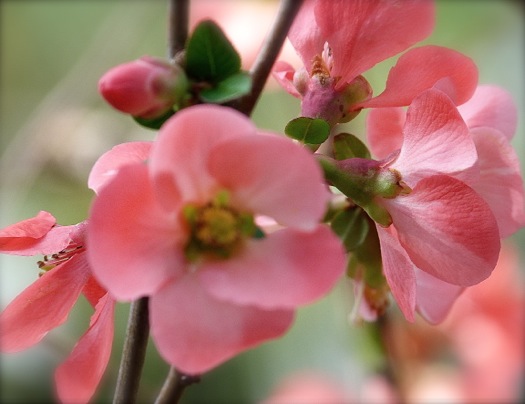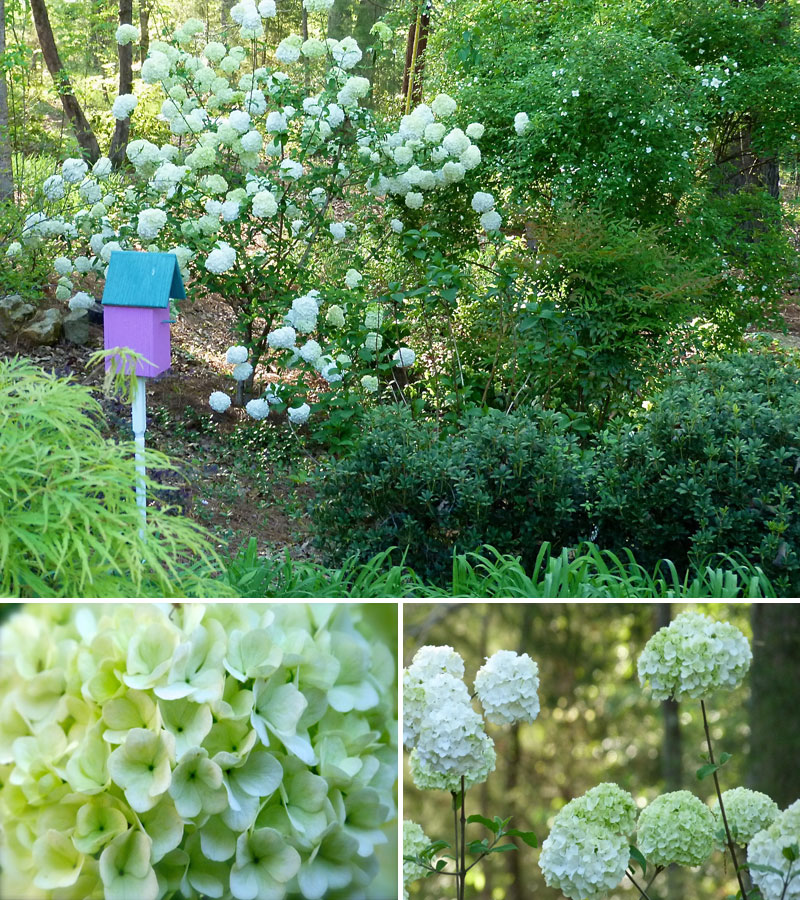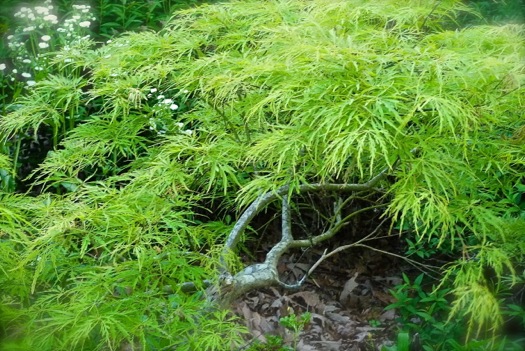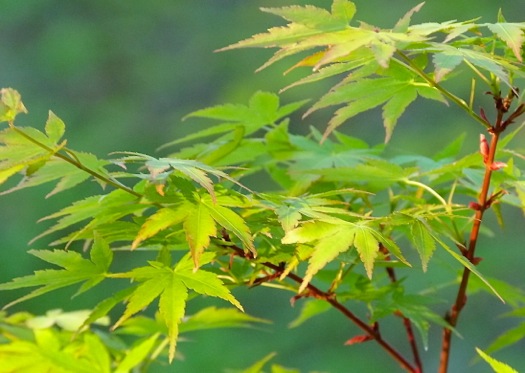Flowering Quince for Early Blooms
 Sunday, January 22, 2017 at 9:15PM
Sunday, January 22, 2017 at 9:15PM In my Alabama garden, Flowering quince, or Chaenomeles, begins blooming in January on leafless stems, and the blooms continue for at least two months.  In cooler regions, blooming begins later, in February or March. The brilliant blossoms are always a welcome harbinger of spring.
In cooler regions, blooming begins later, in February or March. The brilliant blossoms are always a welcome harbinger of spring. Sometimes my blooms get zapped by hard frost, but more flowers quickly appear. Edible 2" fruits follow the blooms, though they are seriously sour-tasting. The fruits do make good jelly, however.
Sometimes my blooms get zapped by hard frost, but more flowers quickly appear. Edible 2" fruits follow the blooms, though they are seriously sour-tasting. The fruits do make good jelly, however.
Not only is this the first shrub to bloom in my garden each year, but it also is among the most durable of my shrubs. When we moved here in 1985, we found several quinces buried under weeds and vines on a hillside next to the drive. I was alerted to their presence by the colorful blooms that peeked through the brush. We decided to move them to a better location. It wasn't an easy transplant. They apparently had been on that hillside for a very long time; their roots were deeply embedded in the clay and almost hopelessly ensnared by their environment. We hacked out as much of them as possible and moved the shrubs to an area bordering the front lawn. Released from bondage and with better soil, they have flourished ever since with minimal care. Once established, they have proven to be drought-resistent. One year they were attacked by white flies, but they responded well to a good spray of horticultural oil.
We decided to move them to a better location. It wasn't an easy transplant. They apparently had been on that hillside for a very long time; their roots were deeply embedded in the clay and almost hopelessly ensnared by their environment. We hacked out as much of them as possible and moved the shrubs to an area bordering the front lawn. Released from bondage and with better soil, they have flourished ever since with minimal care. Once established, they have proven to be drought-resistent. One year they were attacked by white flies, but they responded well to a good spray of horticultural oil.
Chaenomeles speciosa is a deciduous shrub that grows from 5-10' tall and wide. A spiny tangle of branches makes good hedges, screens and security barriers. After blooming, it is not showy, but its mass of green leaves provide nice structure for the garden.
 Flowering quince will grow in USDA hardiness zones 4-9 in a wide range of soils, though it does best in slightly acid, loamy soil. It needs full sun for best flower production, but it will also grow in partial shade.
Flowering quince will grow in USDA hardiness zones 4-9 in a wide range of soils, though it does best in slightly acid, loamy soil. It needs full sun for best flower production, but it will also grow in partial shade.
Chaenomeles japonica and various hybrids are also available. Some of these lack thorns, are fruitless, or are smaller in habit than speciosa. Different varieties produce blooms in shades of red, pink, salmon, orange, or white, and some are noted for their gorgeous double blooms. Use cut branches for beautiful indoor flower arrangements.
Flowers are produced on the previous year's growth. To promote flowering and maintain shape and size, prune in spring after flowering is finished, removing some of the oldest branches down to the ground and cutting others back by a third or more, staggering cuts to maintain a natural appearance. Then apply a layer of compost or else use a slow-release fertilizer.
To promote flowering and maintain shape and size, prune in spring after flowering is finished, removing some of the oldest branches down to the ground and cutting others back by a third or more, staggering cuts to maintain a natural appearance. Then apply a layer of compost or else use a slow-release fertilizer.
Flowering quince is a wonderful plant for wildlife, providing both food and shelter for birds and other critters. It is noted to be deer-resistant.














